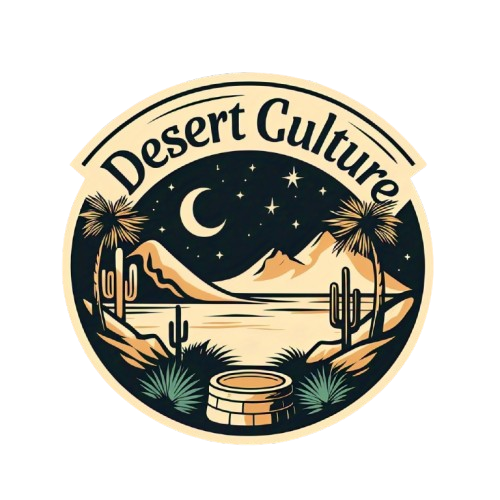Beni Rugs, also known as Beni Ourain rugs, are handwoven masterpieces originating from the Berber tribes of the Middle Atlas Mountains in Morocco. These rugs are famous for their minimalist yet striking designs, exceptional quality, and cultural significance. With their simple, earthy tones and geometric patterns, Beni Rugs have become a staple in home decor worldwide, sought after for their timeless appeal and sustainable production practices.
A Rich History and Cultural Heritage
The creation of Beni Rugs is deeply rooted in the tradition and history of the Berber people, particularly the Beni Ourain tribe. The tribe has been weaving rugs for centuries, a practice that has been passed down through generations. Historically, these rugs were crafted for practical purposes, such as providing warmth in the cold winters of the Atlas Mountains. The wool used to make the rugs was sourced from the sheep that roamed the mountains, and the rugs served as blankets, bedding, or floor coverings.
Each rug tells a story through its patterns, which often hold symbolic meanings for the weavers. These motifs can represent elements of nature, fertility, or life experiences. While they were once created primarily for personal use, Beni Rugs eventually became highly valued for their craftsmanship and unique beauty. Today, they are highly regarded as both functional and artistic pieces that bring an authentic touch of Moroccan culture to any space.
Craftsmanship and Materials
The creation of Beni Rugs is an intricate and labor-intensive process, with each rug being meticulously handwoven by skilled artisans. The wool used in the weaving process is thick and soft, contributing to the rug’s durability and luxurious texture. Artisans typically spin the wool by hand before weaving it into the rug, ensuring that each piece is unique and of the highest quality.
One of the defining characteristics of beni rugs is their use of natural, undyed wool. The wool is typically left in its natural state, giving the rugs their signature warm, neutral tones such as beige, cream, and ivory. Some Beni Rugs feature darker accents like brown, black, or gray, often arranged in geometric patterns like diamonds, zigzags, and lines. These designs are not only visually captivating but also reflect the personal touch and cultural significance of the weaver.
The simplicity of the design is a key element of the Beni Rug’s appeal. The geometric shapes and subtle patterns give the rugs a modern, minimalistic aesthetic that works seamlessly with both traditional and contemporary interiors. Their neutral color palette allows them to blend effortlessly with a wide range of décor styles, adding warmth and texture to any room.
Sustainability and Ethical Practices
In recent years, there has been a growing demand for sustainable, ethically produced home decor items, and Beni Rugs fit this trend perfectly. The materials used in these rugs are natural and eco-friendly, with wool sourced from local sheep grazing in the unspoiled terrain of the Atlas Mountains. The use of natural dyes, often derived from plants or minerals, further enhances their sustainable appeal.
Moreover, purchasing Beni Rugs directly supports the artisans and communities who create them. By providing fair wages and ensuring ethical production practices, buyers contribute to the preservation of a centuries-old craft while helping to sustain the livelihoods of Moroccan families. This makes Beni Rugs not only a beautiful addition to any home but also a socially responsible choice.
Conclusion
Beni Rugs are much more than decorative items; they are a celebration of Moroccan craftsmanship, culture, and sustainability. These rugs embody the rich history and traditions of the Berber people, offering a glimpse into a time-honored weaving practice that has withstood the test of time. Whether used as a functional piece to warm a space or as a work of art to enhance the decor, Beni Rugs offer a unique and lasting beauty that continues to captivate homeowners and collectors around the world.
